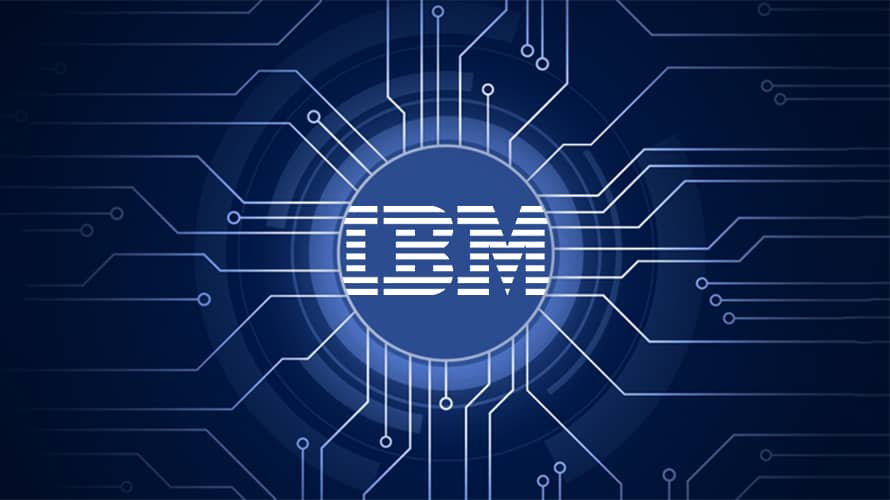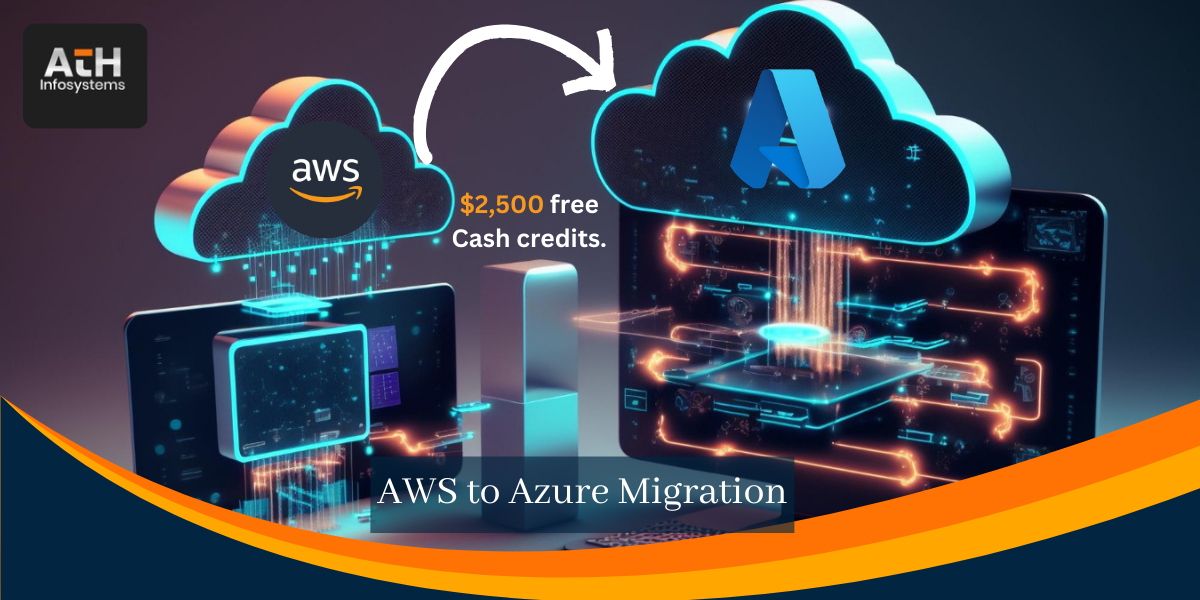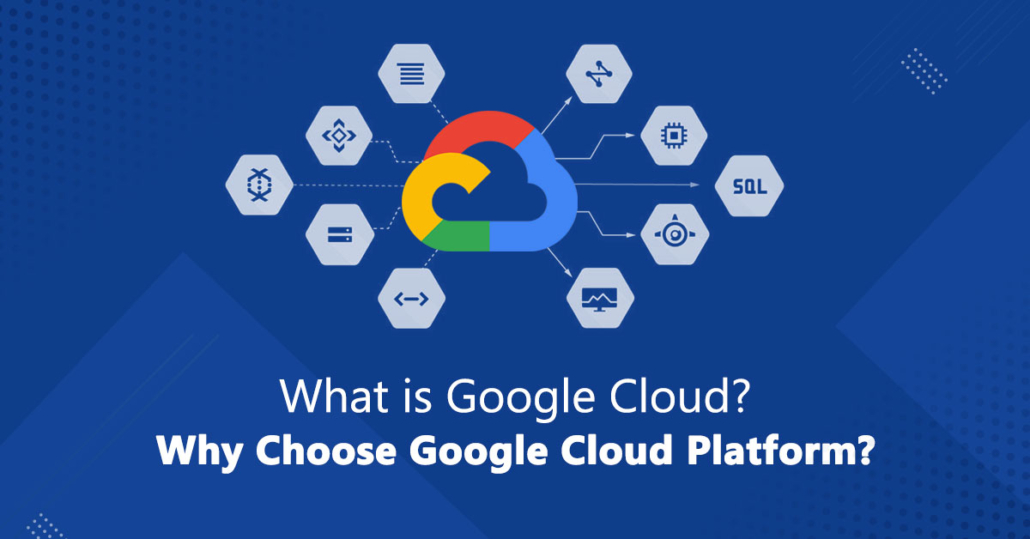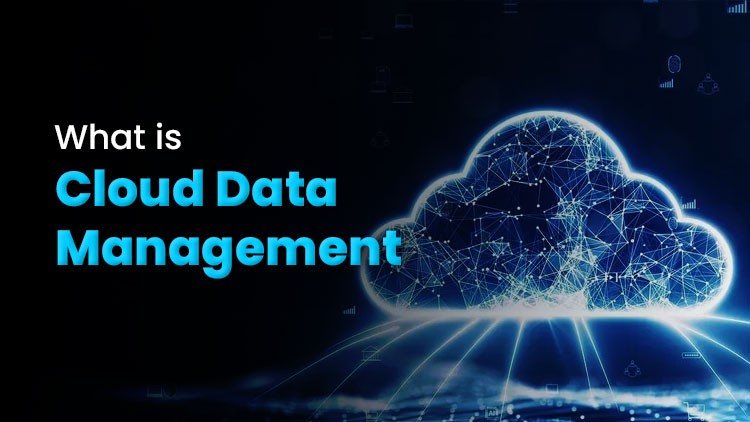1. Multi-Cloud Strategies Intensify
- Organizations take advantage of multiple cloud vendors for flexibility, redundancy, and vendor independence.
- Interoperability solutions and management tools mature into seamless multi-cloud integrations.
2. AI/ML on the Cloud
- Cloud providers are upgrading AI/ML offerings with pretrained models and tools for development
- Higher adoption of AI/ML-powered analytics, automation, and decision-making in the cloud
3. Edge Computing in More Markets
- IoT devices are increasing the demand for edge computing to process data closer to its source.
- Hybrid models combining edge and cloud will become more common to ensure real-time performance and scalability.
4. Sustainability and Green Cloud
- Cloud providers are investing in renewable energy and efficient data centers.
- More organizations will prioritize carbon-neutral or energy-efficient cloud services to meet ESG goals.
5. Enhanced Security and Compliance
- Zero Trust Architecture (ZTA) and more sophisticated encryption techniques will be adopted.
- Industry-specific compliance features will be provided by providers to meet the complex regulatory requirements.
6. Cloud-Native Application Development
- Serverless architectures and Kubernetes-based containerization will continue to lead.
- DevOps and GitOps practices will continue to drive agility and scalability in deploying cloud-native applications.
7. Industry-Specific Clouds
- Tailored cloud services for industries such as healthcare, finance, and manufacturing will grow.
- Providers will focus on solutions that cater to the unique regulatory and operational needs of different industries.
8. Quantum Computing as a Service (QCaaS)
- Early quantum computing will begin to be implemented on cloud platforms.
- Firms test quantum-based solutioning for optimization and cryptography.
9. 5G and Cloud Synergies
- Ultra-fast 5G networks will start to enable cloud services to accommodate real-time, high-bandwidth applications such as AR/VR.
- Mobile cloud service availability increases across the world.
10. Cost Optimization Tools
- Advanced tools using AI to optimize cloud spend without impacting performance.
- Financial management in the cloud becomes a key focus area for businesses.








